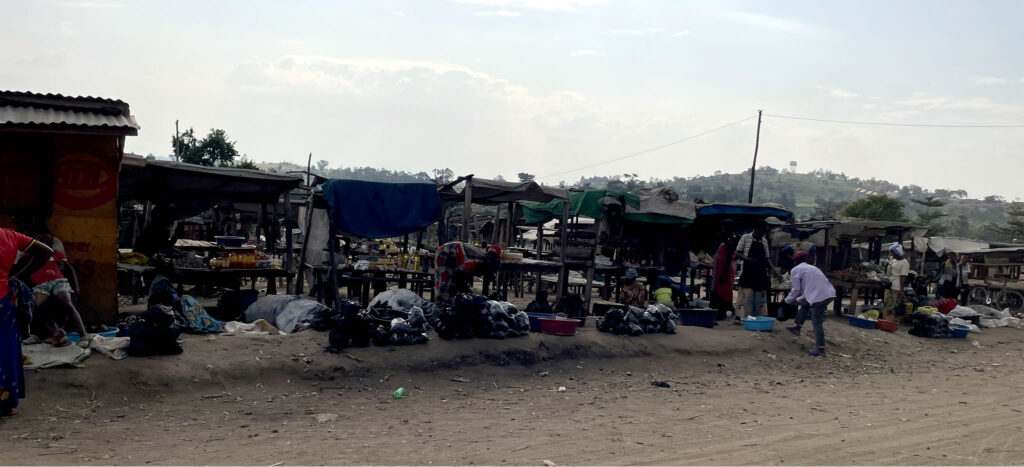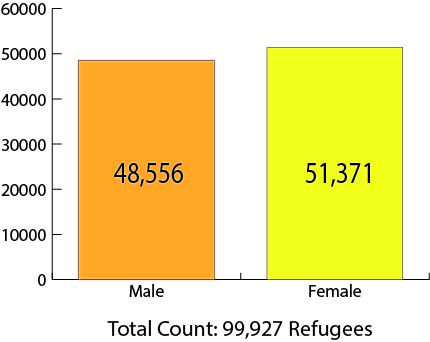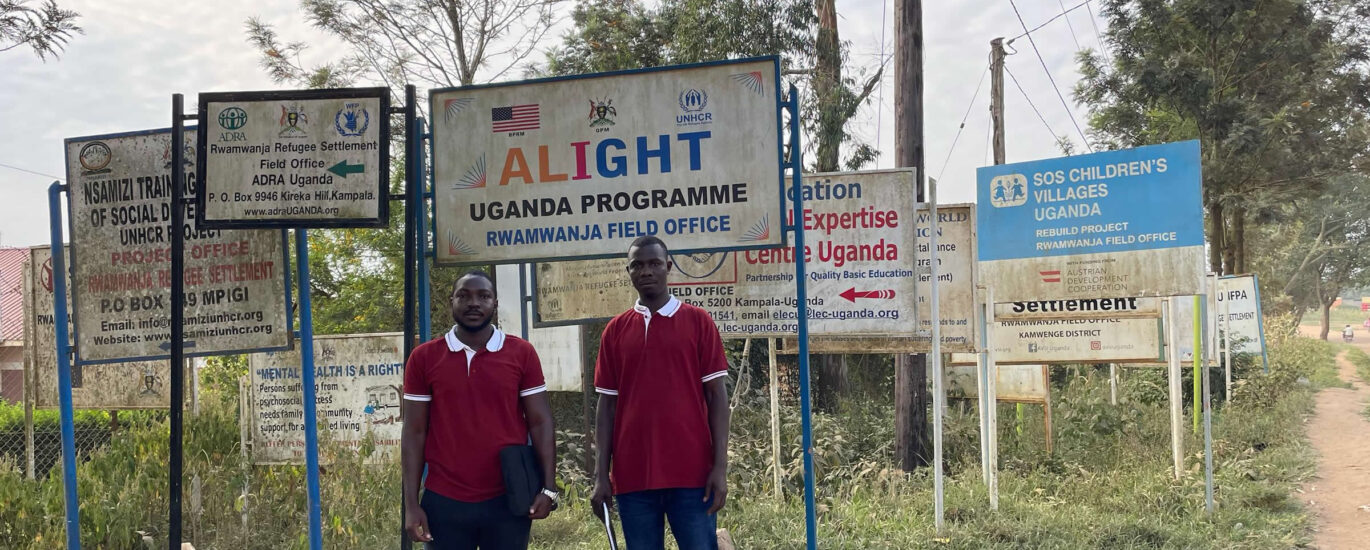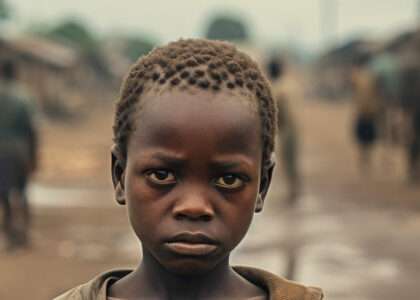A Disability Needs Assessment conducted by Keynes Disability Association(Dec 2024 -Jan 2025)
Uganda has for a long time been and continues to be a model for Global Compact on Refugees (GCR); a non-binding international agreement developed by United Nations to improve the global response to refugee situations.
Uganda implements the GCR through a Comprehensive Refugee Response Framework (CRRF); a structure that is spearheaded by Office of the Prime Minister (OPM), UNHCR and other supporting stakeholders including host community leadership.
Spread out in a total of 12 districts, Uganda’s refugee population was at over 1.7 million as of September 2024; about 2 million by the time of this article, June 2025 (as per UNHCR reports, 2025 update).
Our Role and Focus

Keynes Disability Association is a proud associate and advocate of frameworks that support and fight for the wellbeing and inclusion of Refugees, especially refugees living with disabilities. We work hand in hand with existing partners in refugee settlements and camps to achieve a common goal of sustainable and improved livelihood for refugees.
By the fact that we span years of expertise in supporting people living with disabilities, our major focus is directed towards supporting refugees living with disabilities across all age groups. We leverage on this expertise to perform disability needs assessments in refugee settlements and in turn provide comprehensive reports that precisely inform intervention and humanitarian agencies on key decisions towards planning to enhance effective refugee management in refugee settlements in the country as a whole.
In this write up, we give some demographics and findings gathered from a disability needs assessment exercise conducted at one of the refugee settlements; the figures and visuals give a brief insight into the livelihood of refugees in the settlement as a whole, and the necessity for a systematic and informed approach to address the unique challenges faced by refugees living with disabilities.
Case Study: Rwamwanja Refugee Settlement

Among the 12 refugee hosting districts in Uganda, we have Kamwenge district, found in the South western region of Uganda; there in, located about 289 kilometers from the capital city of Uganda, behold, Rwamwanja refugee settlement, home of over 99,000 refugees and still counting (Precisely 99,927 in Jan 2025, as per the K.D.A Disability needs assessment comprehensive report). Most of the refugees are from the Democratic Republic of Congo.
The settlement which spans over 127 square kilometers is divided into 13 zones encompassing up to 26 villages. To facilitate effective management and service delivery, the villages are further divided into blocks to organize households into manageable clusters to facilitate distribution of resources and community engagement activities. Governance and Coordination is also facilitated by Refugee Welfare Councils that represent refugees at different levels (zone, village, block) and work as intermediaries between the refugee population, humanitarian agencies and government representatives
Community Brief and General Livelihood
Population Analysis
Given the nature of Uganda’s hospitality model, the refugee population is bound to keep growing, however, coupled with the population growth rate of the hosting communities, this influx is quite a challenge, especially on the already inadequate resources and services available to the host communities in relation to Water and Sanitation, hygiene, health services, access to farming land and effective education facilities among others.
The needs assessment is conducted in conjunction with grassroots based stakeholders; Social workers and various community leaders. The data is generated from key informants including disabled refugee respondents living within the settlement and focused discussion groups of adults and children.
Interview guides and matrix documents are developed and administered by a team of data collectors with technical oversight support staff from KDA and KDA’s partners’ management teams.
During the assessment, we collected information in the figures as visually displayed in the graphs and table below.


| Male | Female | |
|---|---|---|
| 0 - 4 Yrs | 8,819 | 8,653 |
| 5 - 11 Yrs | 12,644 | 12,915 |
| 12 - 17 Yrs | 8,619 | 8,695 |
| 18 - 35 Yrs | 11,116 | 12,742 |
| 36 - 59 Yrs | 6,083 | 6,995 |
| 60 Above | 1,275 | 1,371 |
| Total | 48,556 | 51,371 |
Socio - Economic Wellbeing
Multiple stakeholders have undertaken interventions designed to provide services in the settlement. Notable interventions highlighted in a market profile that sought to inform businesses and entrepreneurs of the opportunities and challenges of operating in Kamwenge district include the fact that refugees are given plots of land to farm, and they are vastly integrated into the host community’s economy.
Some refugees are self-employed; including those who engage in petty trade and business. Major sources of household income (cash) include:-
- Humanitarian Aid
- Agricultural wages
- Casual labor
- Sale of cereals, fruits and vegetables
- Cooking fuel
Land ownership, farming and food Security
Despite the existence of some opportunities for food and relief, refugees continue to face several challenges in relation to land and food security. Some of these include the facts below;
- Only 15% of refugees in the Settlement have access to between 0.5 – 1 acres,
- Just over 40% access less than 0.5 acres,
- Around 40% have no access to land at all
- 80% of refugees report sourcing food from markets and gifts or aid
- Only about 30% of refugees consume home-grown food whose supply is relatively sustainable.
- 59% of the refugees live on less than UGX 2,000 per day (less than 1 dollar).
- Overall, 37% of the refugees on the settlement undertake farming on their own land
- 25% are self-employed while a sizeable number (30%) are unemployed or out of the labor force.
Interventions also include the establishment of a 10,000-tree native food forest that provides healthy food sources, employment and reduction of soil degradation. There are also empowerment interventions that are being conducted to enhance the socio-economic wellbeing of refugees including training services to expand rice and pepper harvests.
Power and Lighting
Uganda’s Rural Electrification Agency (REA) is in the process of connecting parts of Rwamwanja to electric power.
Power Africa Uganda LTD, a leading solutions provider in distribution transformers since 2006 has identified 8 potential mini-grid sites in areas of the settlement that will not be covered by the grid extension. There are also small solar systems for lighting within the settlement; solar components and solar lanterns can be bought from retail shops within the settlement.
Interview Responses from Disabled Refugees
On living in the settlement with disabilities

Male Responses
- Living in peace
- Being Well protected
- I came in the settlement without education but now I got the opportunity to get educated
- I can express myself in English
- I got clutches from Humanity Inclusion
- The biggest advantage is education supported by FCA
Female Responses
- There is no advantage except challenges.
- There are no advantages of living with disability since they can’t engage in some activities that generate income.
- It doesn’t make sense to live with disability without receiving any support
On major challenges faced by disabled refugees
Male Responses
- Walking long distances looking for health services
- Not being given equal support/ being segregated
- NGOs come in to support them but eventually people without disabilities take that support.
- Their children are sent away often from school for failing to pay school fees yet they don’t earn from anywhere
- Another challenge is that mainstream education students are many in class yet for us we learn slowly, As a result we are left behind in many classroom lessons
- Lack of special needs schools
- Lack of food resources
- Sometimes we do not have medication
- We are also neglected like me. I am an upcoming artist but we don’t have financial support
- We don’t have special needs toilets for children
- Our siblings, parents and neighbors discriminate us and call us names such as “people who can’t do anything.”
- Lack of financial resources that can enable us to operate businesses
- Some parents, especially fathers leave us and go far away.

Female Responses
- Challenges especially in keeping their children in school
- Some are widows with disabilities who can’t work to generate income. This often compels their children to drop out of school especially girls which leads them to early marriages that are generally unstable
- Some have become widows, and some are separated with their husbands. Their husbands left them because they are living with disability. They left them with many children so providing their basic needs is a big challenge
- Because they are living with disabilities they can’t work to earn which affects their well-being
- Lack of basic needs since they can’t work to earn. This is a general challenge
- Some disabled children have a forgetfulness challenge which leads to poor performance in school and also limits their ability to do various activities that would be beneficial to them
Response Summary
- Challenges include healthcare access problems, education barriers, financial constraints, neglect, discrimination, and lack of assistive resources.
- Long distances to health services, segregation, poverty, misallocation of aid, and difficulty keeping children in school were cited.
- Also challenges in income generation, concerns of school dropouts for children (especially girls), neglect by partners, and basic needs deprivation
- Lack of special needs schools, limited food and medication, lack of financial support were also highlighted
- Some participants, particularly children cited educational including FCA education support and self-expression opportunities as advantages.
- Living in peace, being protected and support with mobility (crutches) from Humanity Inclusion, were also highlighted.
- Some participants, particularly children cited educational including FCA education support and self-expression opportunities as advantages.
- Living in peace, being protected and support with mobility (crutches) from Humanity Inclusion, were also highlighted.
- Others felt there are no significant advantages due to challenges faced in daily living.






